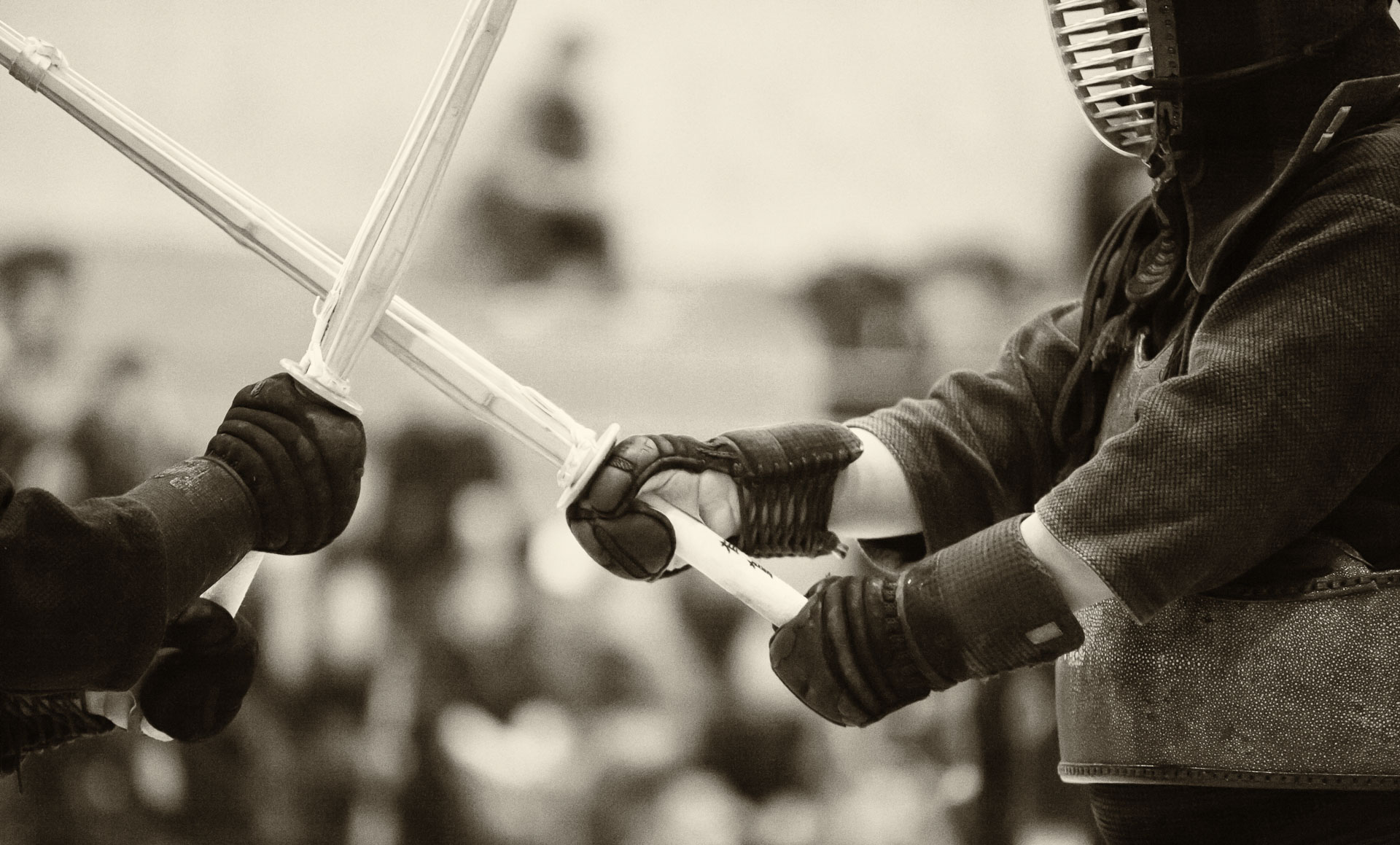
Continuing the list of books I read last year. The beginning of it, where I list children’s books that we read with my daughter is here. The fiction category is my favourite, but ironically, this is where I actually have to put some effort into making a daily progress. Normally, I read quite a lot of technical literature related to my research, and that takes most of the available reading time. Even the non-fiction books, which I will list later, are somehow easier to read regularly. This is probably because I subconsciously view them as less of a time-waste than fiction.
6. “A death in the Family” by Karl Ove Knausgaard. I heard about this book in some podcast (probably, the Tim Ferriss Show), and after looking at the reviews it became apparent that it was widely regarded as a masterpiece of modern literature. I must say, it’s not an easy read, and it’s almost unapologetically weird for my tate, but somehow I really liked it. So much, in fact, that I got the second book in the “My struggle” series by Kanusgaard, “A Man in Love”
. Here is the conundrum, though – I liked it even better, but haven’t finished reading it, being distracted by faster-paced, more entertaining stories. I left it at 42%, according to my phone. It does give a really curious insight into the (relatively) modern lifestyle of the Scandinavia. Maybe, I’ll pick it up again.
7. “Cockroaches” by Jo Nesbo. Ah, this is what I dropped “A Man in Love” for! It’s a proper page-turner of a detective novel, the second in the series about Harry Hole (the first on is “The Bat”
, which is equally good).
8. “Seveneves” by Neal Stephenson. That was my favourite book of the year by far – a hard science fiction that is both entertaining and educational. Dynamics of moving chains and whips with applications ranging from launching and retrieving space vehicles to hand-to-hand combat – if that’s not a worthy research topic, I don’t know what is! I also unexpectedly picked up one of my favourite productivity tips from the main character, Dinah MacQuare, who decided to dedicate fifteen minutes a day to her pet robotics project in the face of a global crisis that apparently demanded her entire time and attention. She did it because the alternative would have been to let the project die, and fifteen minutes a day was better than zero. As one would expect, that particular project turned out to be uniquely important, completely validating her decision.

